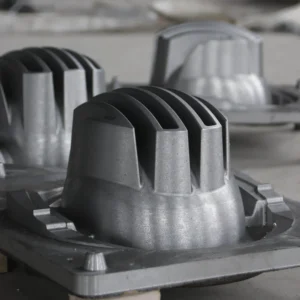Choosing the right helmet is crucial for safety, especially in high-impact sports. Two common liner materials, EPP and EPS, offer distinct protection levels. This blog delves into a comprehensive comparison, examining their impact absorption, durability, and suitability for various activities.
We’ll dissect the science behind each material, exploring how they manage force during collisions. By analyzing real-world scenarios and expert opinions, we aim to provide you with the ultimate guide to determine which helmet, EPP or EPS, offers superior safety for your needs.

What is an EPP Helmet?
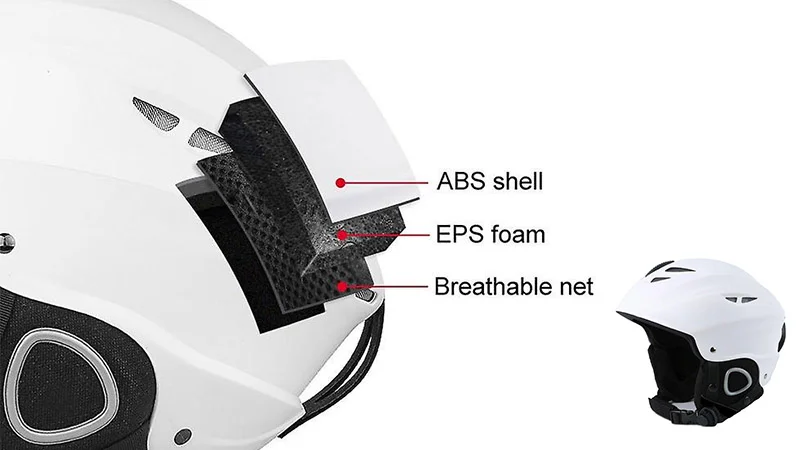
EPP, or Expanded Polypropylene, helmets utilize a foam liner known for its multi-impact capabilities. Unlike traditional EPS (Expanded Polystyrene) foam, which typically crushes and permanently deforms upon impact, EPP foam is designed to compress and rebound, absorbing multiple blows before needing replacement. This makes EPP helmets particularly suitable for activities where repeated impacts are likely, such as cycling, skateboarding, and certain contact sports.
The material’s unique properties stem from its closed-cell structure, which allows it to return to its original shape after impact. This resilience not only enhances durability but also provides consistent protection over a longer period. While EPP helmets might be slightly heavier and sometimes more expensive than EPS counterparts, their ability to withstand multiple impacts makes them a valuable investment for those prioritizing long-term safety.
EPP helmets are commonly used in various sports and recreational activities, including cycling, skiing, snowboarding, skateboarding, and climbing. The EPP foam in these helmets is designed to absorb and distribute the energy from impacts, reducing the risk of head injuries in the event of falls or collisions.
Compared to helmets made from other materials such as EPS (Expanded Polystyrene) foam, EPP helmets offer advantages such as multiple impact protection, resilience to deformation, and the ability to withstand rough handling. Additionally, EPP foam is often recyclable, contributing to the sustainability of helmet manufacturing.
Overall, EPP helmets provide reliable head protection while offering comfort, ventilation, and a lightweight design, making them a popular choice among athletes and outdoor enthusiasts.
What is an EPS Helmet?
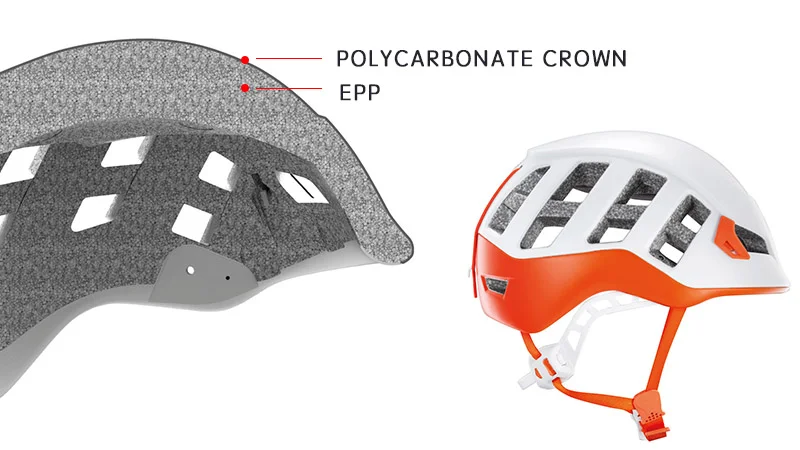
An EPS helmet is a type of helmet constructed using Expanded Polystyrene (EPS) foam as the primary material for impact absorption and protection. EPS foam is a lightweight, closed-cell foam material known for its ability to absorb and dissipate energy upon impact.
EPS helmets are commonly used in various sports and activities, including cycling, skateboarding, skiing, snowboarding, and motorcycling. The EPS foam in these helmets is designed to crush and deform upon impact, effectively absorbing the energy and reducing the force transmitted to the wearer’s head.
Compared to helmets made from other materials, EPS helmets offer advantages such as excellent impact absorption, lightweight design, and affordability. However, EPS foam typically provides single-impact protection and may need to be replaced after a significant impact or crash.
EPS helmets provide essential head protection for athletes and individuals engaging in recreational activities, helping to reduce the risk of head injuries in the event of falls or collisions.
EPP or EPS Helmet Production Process
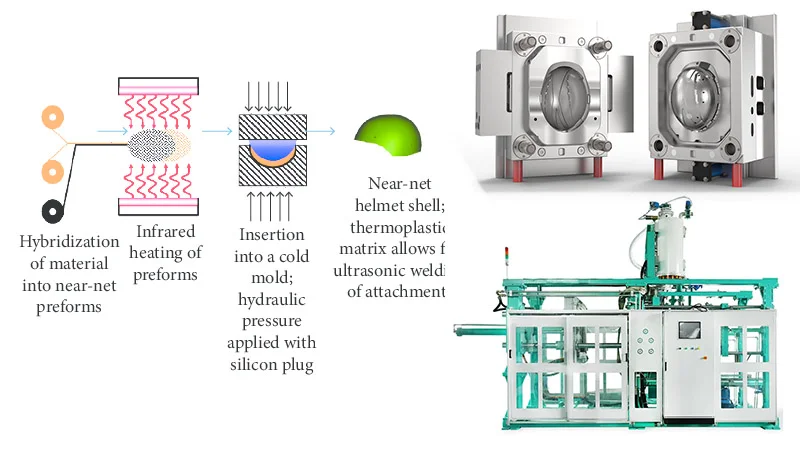
EPS Helmet Production Process:
Pre-expansion:
Polystyrene beads are pre-expanded using steam. This process increases their volume and makes them easier to mold.
Molding:
Pre-expanded beads are then molded into the desired helmet shape using a mold that applies heat and pressure. The mold typically consists of two halves that come together to form the helmet shape.
Cooling:
After molding, the helmet is allowed to cool and harden. This step is crucial for ensuring the helmet maintains its shape and structural integrity.
Trimming and Finishing:
Once cooled, the excess material is trimmed off, and any additional finishing touches, such as adding straps and buckles, are completed.
Quality Control: Helmets undergo rigorous quality control checks to ensure they meet safety standards and specifications.
EPP Helmet Production Process
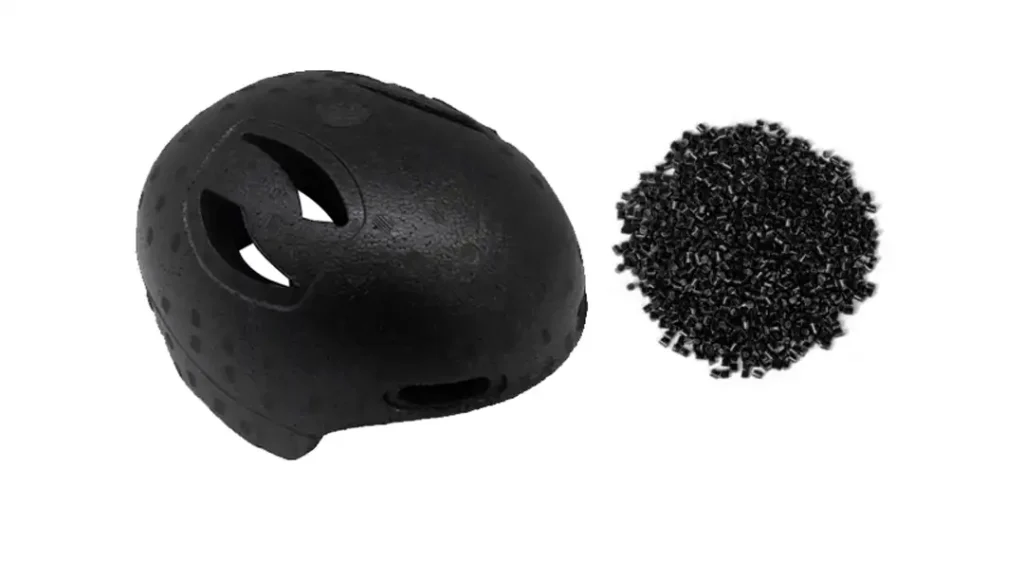
Preparation of EPP beads:
Expanded Polypropylene beads are typically produced through a steam molding process, where the raw material (polypropylene) is expanded using steam and then molded into bead form.
Molding:
EPP beads are then placed into a mold cavity, which is heated to a specific temperature. The heat causes the beads to expand and fuse together, taking the shape of the mold cavity.
Cooling:
Once molded, the helmet is allowed to cool and solidify. Cooling can occur naturally or may be accelerated using cooling systems.
Demolding:
After cooling, the helmet is removed from the mold.
Trimming and Finishing:
Any excess material is trimmed off, and finishing touches are added, such as straps, buckles, and padding.
Quality Control:
Similar to EPS helmets, EPP helmets undergo quality control checks to ensure they meet safety standards and specifications.
EPP vs EPS Helmet: Which is Safer
The core difference between EPP (Expanded Polypropylene) and EPS (Expanded Polystyrene) helmets lies in their impact management. EPS, the more common material, excels at absorbing single, high-energy impacts by crushing and dissipating the force. However, this crushing is permanent, meaning the helmet must be replaced after even a minor collision. EPP, on the other hand, is designed for multiple impacts, compressing and rebounding, offering repeated protection.
Therefore, “safer” depends heavily on the intended use.
For single, severe impacts like those in high-speed cycling crashes, EPS may offer superior initial protection.
However, for sports with frequent, lower-energy impacts, such as skateboarding or mountain biking on technical trails, EPP’s multi-impact capability provides a more consistent and potentially longer-lasting safety margin.
Ultimately, the “safest” helmet is the one that fits correctly, is used consistently, and is appropriate for the type of activity being undertaken.
| Aspect | EPP Helmet | EPS Helmet |
|---|---|---|
| Impact Resistance | Superior due to multi-layered construction | Effective for single impacts, may degrade over time |
| Comfort and Fit | Often provides a snugger fit | Offers comfortable fit, personal preference varies |
| Durability and Longevity | Retains protective properties after multiple impacts | May require replacement sooner due to degradation |
| Cost Considerations | Higher price due to advanced construction | More budget-friendly option |
| Environmental Impact | Recyclable, contributes to sustainability | Recycling poses challenges, efforts ongoing |
EPP vs EPS Helmet
EPS helmets provide reliable safety performance in single-impact scenarios by absorbing and dissipating energy upon impact. While effective for initial impacts, EPS helmets may lose some protective capability after a significant collision, necessitating replacement to ensure continued safety.
| Aspect | EPP Helmet | EPS Helmet |
|---|---|---|
| Safety Performance | Offers longevity, maintains protection after multiple impacts | Reliable safety in single impacts may lose effectiveness over time |
| Longevity and Durability | Exceptional durability can withstand multiple impacts | A finite lifespan may require replacement after a significant impact |
| Cost Considerations | Higher upfront cost, cost-effective long-term investment | More affordable upfront, potential replacement costs over time |
| Environmental Impact | Recyclable and reusable, it contributes to sustainability | Less recyclable, disposal may contribute to environmental waste |
| Hardness | Higher hardness maintains protection over repeated impacts | Slightly lower hardness may compress more readily |
| Size | Available in various sizes with adjustable fitting systems | Multiple sizes with adjustable straps for personalized fit |
| Maintenance | Requires minimal maintenance, easy cleaning process | May need more frequent maintenance, gentle washing is recommended |
Inspect EPS helmets regularly for signs of wear, damage, or deterioration, and replace them as needed to maintain optimal safety standards. Want to know about EPP or EPS Helmet: Which is Safer, The above guidelines are important.
How to Choose EPP and EPS Helmet?
Consider Your Activity and Impact Type:
- High-Speed, Single Impact (e.g., Road Cycling): EPS helmets are generally preferred. They excel at absorbing the force of a single, severe impact, which is crucial in high-speed crashes. However, remember that any impact necessitates helmet replacement.
- Multiple, Lower-Energy Impacts (e.g., Skateboarding, Mountain Biking, Whitewater Kayaking): EPP helmets are ideal. Their multi-impact capability provides consistent protection against repeated blows. If you’re likely to experience multiple falls or impacts during your activity, EPP offers a significant advantage.
- Combination of Impacts (e.g., some forms of mountain biking): Some helmets are now being produced that combine EPS and EPP into a single helmet. This provides a balance of both protection types.
Beyond the Material:
Specific Sport Requirements: Some sports have specific helmet requirements. For example, downhill mountain biking helmets often feature full-face protection.
Fit: The most crucial factor is a proper fit. A helmet that’s too loose or too tight won’t provide adequate protection. Ensure it sits level on your head and the straps are snug but comfortable.
Certification: Look for helmets that meet safety standards like CPSC (Consumer Product Safety Commission) in the US, CE EN 1078 in Europe, or ASTM. These certifications guarantee the helmet has undergone rigorous testing.
Ventilation: Good ventilation is essential for comfort, especially during intense activities. Choose a helmet with adequate vents to keep your head cool.
Weight: Consider the weight of the helmet, especially for long rides or activities. Lighter helmets can reduce fatigue.
Budget: EPP helmets tend to be slightly more expensive than EPS helmets. However, consider the long-term value and the type of protection you need.
EPS vs MIPS helmet
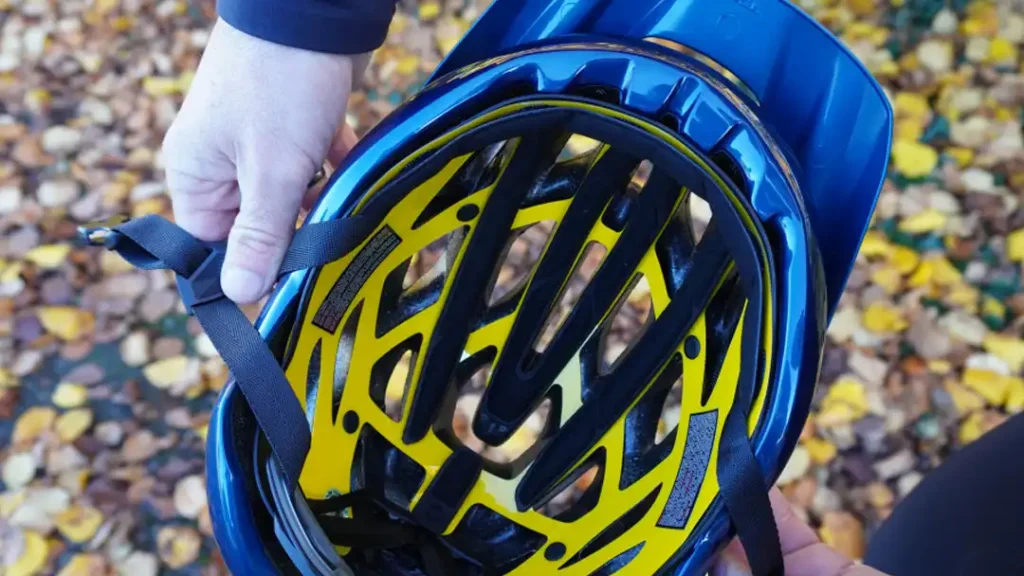
EPS and MIPS (Multi-directional Impact Protection System) are both technologies used in helmet construction, but they address different aspects of head protection:
EPS (Expanded Polystyrene) helmets are constructed with a layer of expanded polystyrene foam, which is designed to absorb impact by compressing upon impact, thereby reducing the force transmitted to the head. EPS helmets are effective at providing protection against direct impacts.
MIPS helmets, on the other hand, incorporate an additional layer inside the helmet that allows for a small amount of movement between the helmet and the head in the event of an angled impact. This movement mimics the brain’s own protective mechanism, reducing rotational forces on the brain and decreasing the risk of injury from certain types of impacts.
Here’s a comparison between EPS and MIPS helmets:
| Property | EPS Helmet | MIPS Helmet |
|---|---|---|
| Impact Absorption | Good | Good |
| Rotational Force Reduction | No | Yes |
| Multiple Impact Usage | No | Yes |
| Additional Layer | No | Yes, MIPS layer |
| Cost | Lower | Higher |
| Suitability | Suitable for direct impacts | Suitable for both direct and angled impacts |
While EPS helmets provide effective protection against direct impacts, MIPS helmets offer an additional layer of protection by reducing rotational forces on the brain, especially in situations involving angled impacts. However, MIPS helmets tend to be more expensive due to the additional technology involved.
FAQs
Are EPP helmets more durable than EPS helmets?
Yes, EPP helmets are generally more durable than EPS helmets. The expanded polypropylene material used in EPP helmets offers excellent impact resistance and can withstand multiple impacts without compromising its integrity. This durability ensures that EPP helmets maintain their protective qualities over an extended period, making them a reliable choice for various activities.
Do EPP helmets provide better impact protection?
EPP helmets are renowned for their superior impact protection capabilities. The unique cellular structure of expanded polypropylene efficiently absorbs and disperses energy upon impact, reducing the force transmitted to the wearer’s head. This translates to enhanced safety, as EPP helmets can effectively mitigate the risk of head injuries during accidents or collisions.
Are EPS helmets more affordable?
Answer: Yes, EPS helmets are generally more affordable than their EPP counterparts. Expanded polystyrene foam, the material used in EPS helmets, is cost-effective to manufacture, resulting in lower production costs. This affordability makes EPS helmets a popular choice for individuals seeking adequate head protection without breaking the bank.
Can EPP helmets be customized easily?
Answer: Yes, EPP helmets can be customized relatively easily to suit individual preferences and requirements. The flexible nature of expanded polypropylene allows for intricate molding and shaping, enabling manufacturers to create helmets with custom designs, colors, and features. This customization potential ensures that users can personalize their helmets for optimal comfort and style.
Conclusion
The optimal choice depends on the specific activity and anticipated impact scenarios. EPS excels in single, high-energy impacts, while EPP provides superior multi-impact protection. Understanding these differences allows informed decisions for personal safety.
Consider your sport’s nature and prioritize a proper fit, relevant certifications, and comfort. Both materials offer vital protection, but choosing wisely ensures maximum safety. Combining both materials in a single helmet is also becoming more common.
For wholesale EPP or EPS helmets, contact Epsole today. We offer a wide range of high-quality helmets designed for various activities, ensuring your customers receive top-tier protection. Reach out now to discuss your bulk order needs.

